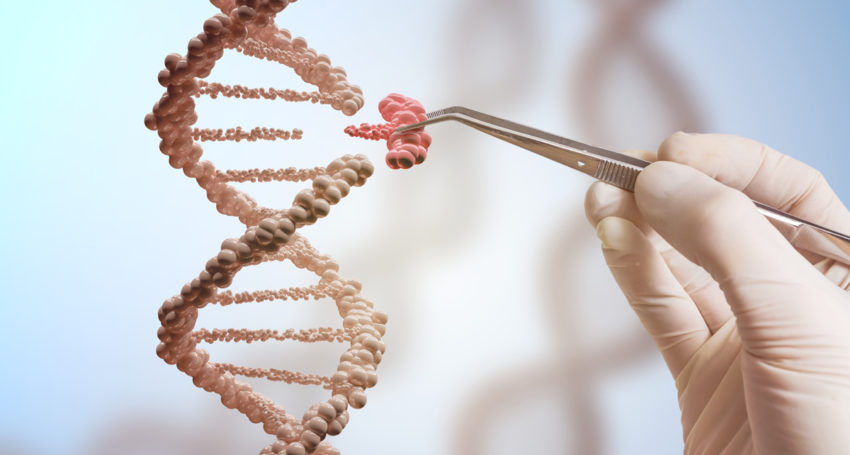Research sounds warning for gene editing in embryos
Health & Medical
Gene editing in embryos to repair defective genes may cause more harm than good, new research from South Australia has shown.

Sign up to receive notifications about new stories in this category.
Thank you for subscribing to story notifications.

The research led by the South Australian Health and Medical Research Institute (SAHMRI) and the University of Adelaide has uncovered a significant hurdle for realising the potential benefits of gene editing in embryos.
It provides an alternative explanation following a North American study published last year that seemed to demonstrate gene editing in human embryos was highly effective in repairing a defective gene in a majority of the embryos.
Gene editing is the process of cutting specific regions of a cell’s genetic material with molecular scissors, and then “repairing” the cut by altering the target DNA sequence, resulting in a specific change or “edit.”
The South Australian team, led by Professor Paul Thomas, discovered the process of repairing the cut could sometimes lead to a significant loss of DNA, meaning function to the faulty gene could not be restored.
This research provides an alternative explanation to the North American study, showing rather than gene editing fixing small errors, much larger errors could instead be created.
“Gene editing technology is still relatively new, and part of this field of research includes understanding the flaws, which will ultimately allow us to develop the safest possible therapies for genetic conditions,” Professor Thomas said.
“Understanding the fundamental mechanisms by which these tools work are important advancements for research and for clinical translation to treat a host of genetic diseases.”
Professor Thomas and Dr Fatwa Adikusuma, the paper’s first author, replicated the North American study on mouse embryos, which closely replicate the development of human zygotes.
Australia has strict legislation against using gene editing in human embryos.
“We looked beyond the small deletions, exploring larger areas of DNA,” Dr Adikusuma said.
“When we searched a wider area, we found that repair of the DNA break generated by molecular scissors resulted in deletion of large stretches of DNA.”
Gene editing technology with molecular scissors, or CRISPR-Cas9 as they are scientifically known, are being used in studies to cure muscular dystrophy in mice and a number of clinical trials are also underway to test gene editing therapies for several cancers and blood diseases.
The research findings were published today in the British multidisciplinary science journal Nature.
Jump to next article



